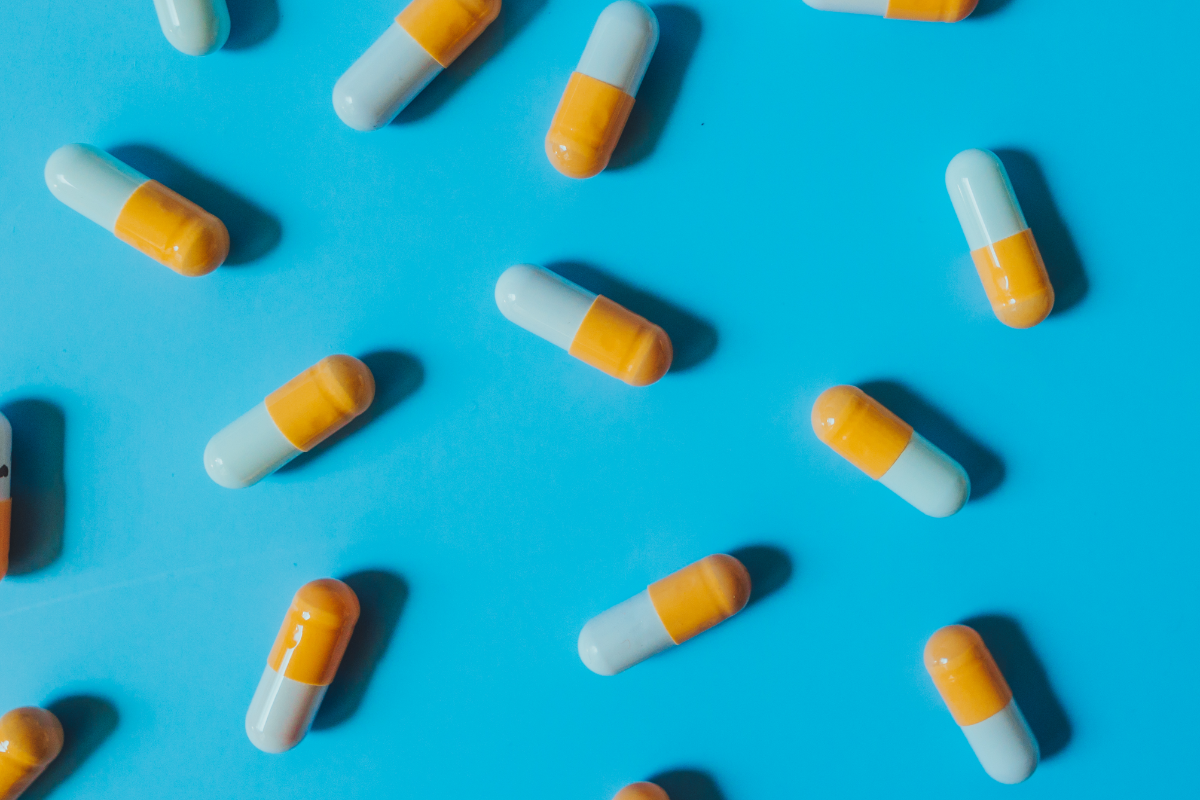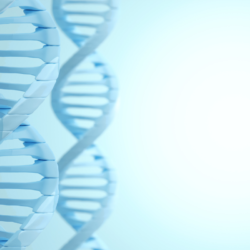Spermidine, a naturally occurring polyamine, has captured the attention of researchers and health enthusiasts alike. Known for its diverse range of biological functions, spermidine is much more than just a compound found in living organisms. It is a potential key to unlocking numerous health benefits and understanding various physiological processes. Let’s delve into the fascinating world of spermidine and find out what makes it such an important subject when it comes to longevity.
What is spermidine?
Spermidine is a polyamine found in various living cells. It is formed from putrescine and has three amino groups. Its discovery has aroused immense interest in the scientific community because of its association with various physiological and pathological processes, such as ageing, cancer, cardiovascular disease and much more.
Chemistry of Spermidine
This polyamine is an aliphatic molecule containing three amino groups. It is often linked to various essential biological processes and plays a role in the stabilisation of DNA and RNA.
History of Spermidine
Spermidine was first discovered in 1958 and its study rapidly progressed to include a variety of biological functions, including as a regulator of the autophagy process an essential pathway for the degradation and recycling of cellular components.
Sources of Spermidine
Where is spermidine found? In our food?
Food sources
This molecule is present in a variety of foods, in particular:
- Soya: Soya contributes to a balanced diet.
- Mushrooms: Various types of mushrooms contain significant levels of this molecule.
- Wholegrain cereals: Wholegrain cereals provide a moderate amount of spermidine and are an integral part of many diets.
Cellular sources
Also produced endogenously in the body, mainly in:
- Liver: The liver is one of the main sites of spermidine biosynthesis.
- Brain: The presence of this molecule in the brain has raised intriguing questions about its role in neurological functions.
Physical and chemical properties
- Molecular weight: The molar mass of spermidine is 145.25 g/mol.
- Solubility: It is soluble in water and polar solvents.
- Melting and boiling point: The melting point of spermidine is about 22-23°C, and its boiling point is 200°C.
Molecular interactions and biological functions
Spermidine interacts with various macromolecules in the body. Its ability to form hydrogen bridges with DNA and RNA enables it to play a role in stabilising nucleic structures.
- Stabilisation of DNA and RNA: Spermidine is involved in stabilising the structure of DNA and RNA through hydrogen bonds and electrostatic interactions.
- Role in Autophagy: Spermidine’s unique structure enables it to induce autophagy, a vital process for maintaining cellular homeostasis.
- Function in transcription and translation: Spermidine is also involved in transcription and translation, essential processes in gene expression.
The health benefits of spermidine
The health benefits of spermidine encompass a wide range of positive effects, including cell regulation, anti-ageing and disease prevention, making it a promising area of study in contemporary medical research.
Anti-ageing properties of spermidine
Spermidine has become a subject of particular interest in the field of ageing research because of its apparent role in extending lifespan and promoting cell renewal.
Life Extension
Studies on a variety of organisms, from yeast to mammals, have shown that spermidine can indeed extend lifespan. These effects are often attributed to its ability to induce autophagy, a cellular cleansing mechanism that eliminates damaged components.
- Autophagy spermidine stimulates autophagy, a process that degrades and recycles damaged cellular components, contributing to cell health and longevity.
- Protection against Oxidative Stress: Spermidine may protect against free radical damage and reduce oxidative stress, key factors in the ageing process.
Cellular Renewal
This molecule also contributes to cell renewal, an essential process for maintaining healthy skin and reducing the visible signs of ageing.
- Skin Regeneration: This molecule promotes the regeneration of skin cells, which can lead to firmer, younger-looking skin.
- Cell Growth Regulation: Its ability to regulate cell growth and division helps maintain tissue integrity throughout the body.
Effects on Cardiovascular Health
Research also indicates that spermidine may have beneficial effects on cardiovascular health, particularly when consumed as part of a balanced diet.
Improved heart function
A diet rich in spermidine appears to improve heart function in some studies.
- Protection against atherosclerosis it would appear that this molecule is capable of reducing the formation of plaque in the arteries, a major risk factor for heart disease.
- Regulation of blood pressure blood pressure regulation: In fact, its consumption may help to regulate blood pressure, offering potential protection against hypertension.
FAQ
- What is the recommended daily dose of Spermidine? The answer varies according to individual needs and medical advice.
- How does spermidine affect ageing? In fact, it can promote autophagy, a process linked to anti-ageing effects.
- Where can I find spermidine in my diet? Soya, mushrooms and wholegrain cereals.
Sources and references
- Eisenberg, T. et al. (2009). Induction of autophagy promotes longevity. Nature Cell Biology, 11(11), 1305-1314.
- Minois, N. (2014). Molecular Basis of the ‘Anti-Aging’ Effect and Other Natural Polyamines – A Mini-Review. Gerontology, 60(4), 319-326.
- Madeo, F. et al. (2018). Health and disease. Science, 359(6374), eaan2788.
- Schwarz, C. et al. (2015). Cardioprotection and lifespan extension by the natural polyamine. Nature Medicine, 22(12), 1428-1438.
- Gupta, V.K. et al. (2013). Restoring polyamines protects from age-induced memory impairment in an autophagy-dependent manner. Nature Neuroscience, 16(10), 1453-1460.





